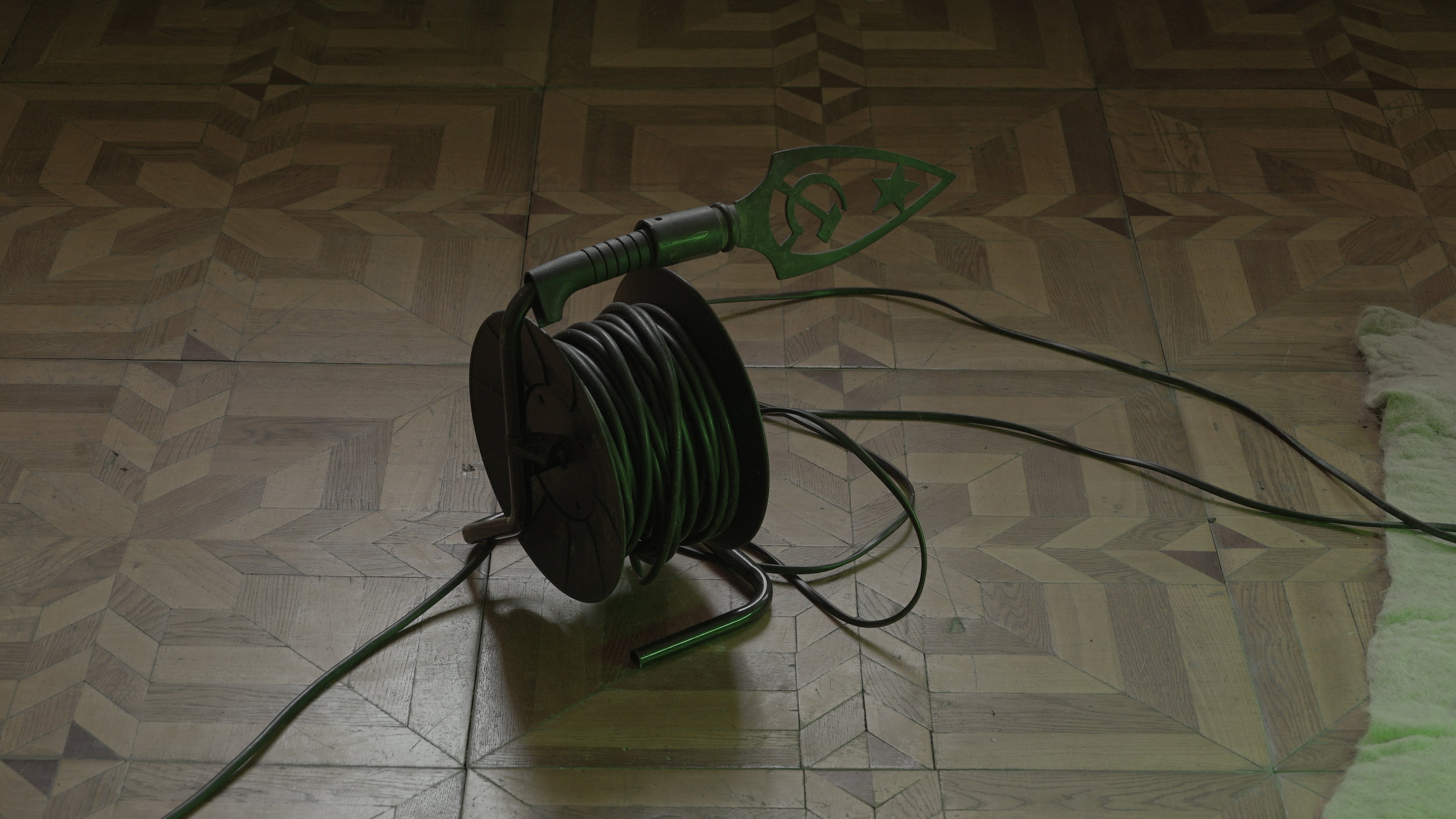In Its Place, Only Steel
As Pejvak (With Rouzbeh Akhbari)
State Silk Museum
Tbilisi, Georgia
June 20-30, 2019
LINK
In Its Place, Only Steel
The exhibition takes inspiration from the diverse socio-cultural practices revolving mulberry trees in South Caucasus. Aged lumber extracted from mulberry trees are commonly used to manufacture the body of an ancient instrument called Tar, which traditionally used silk threads as strings. The Tar, originally invented in Iran, was altered in the late 1870s by maestro Sadiqjan from the town of Shusha, Azerbaijan who developed it into today’s Azeri Tar. In the following decades Shusha became widely recognized for its rich music culture and its famous music school dedicated to training pupils of the Karabakhi Mugham. Historically, Shusha and its abundant mulberry plantations has been an important site of silk production and trade. During the soviet period, these old facilities were modernized and further expanded, resulting in the establishment of various industrial silk processing units including the Yerevan Silk Company. After the dissolution of the Soviet Union and the outbreak of armed conflict between Azerbaijan and Armenia, Shusha has experienced major destruction leading to the total collapse of both the silk industries and the Mugham music academy.
The installations in this exhibition engage with these layered histories by tracing the materials associated with Karabakhi mulberries. An architectural intervention using the last batch of products from the decommissioned Yerevan Silk Factory manipulates the light entering the gallery, while the exhibition opening performance by an Azeri tar player, Ramin Pirmamadov sets the ambiance for viewing the rest of the exhibition.
Made possible with the generous support of:









